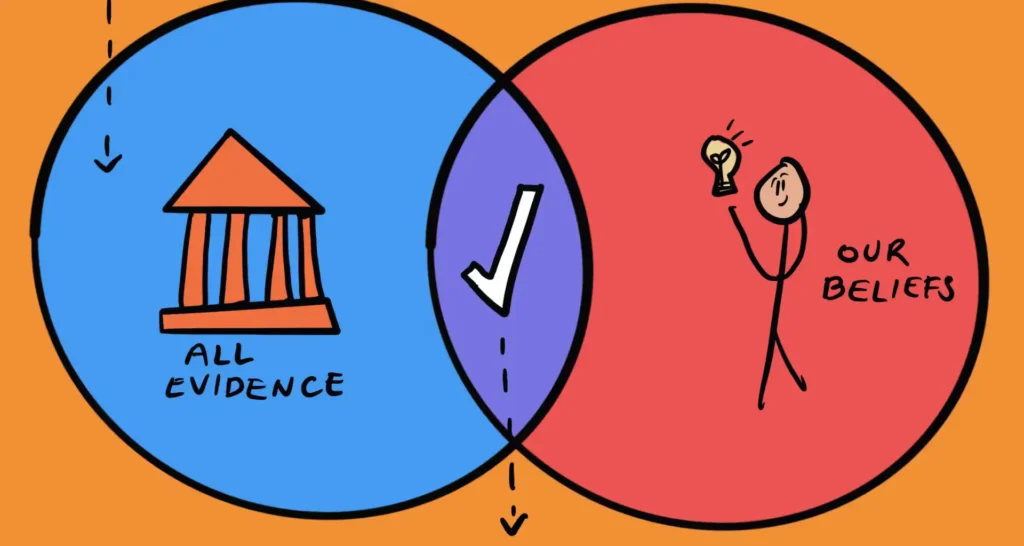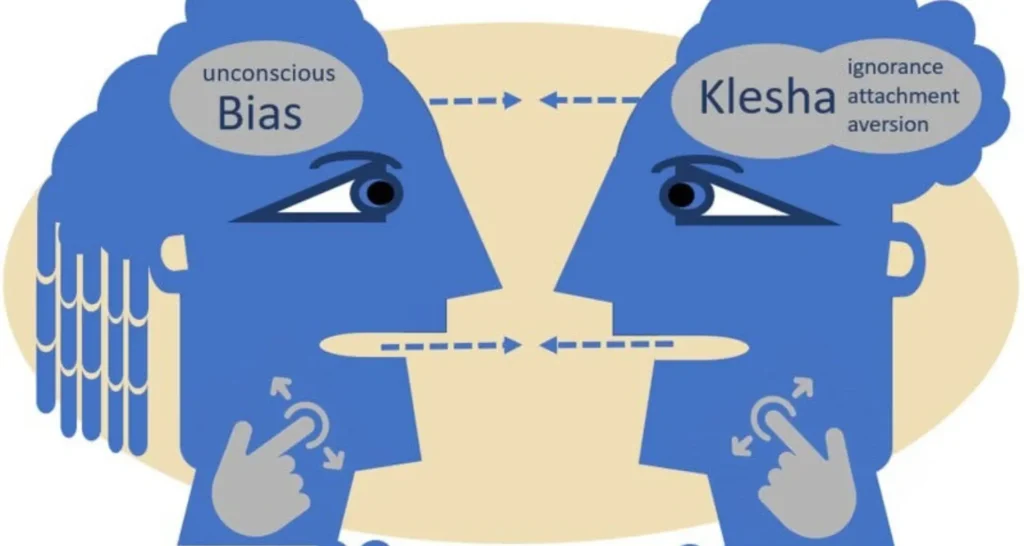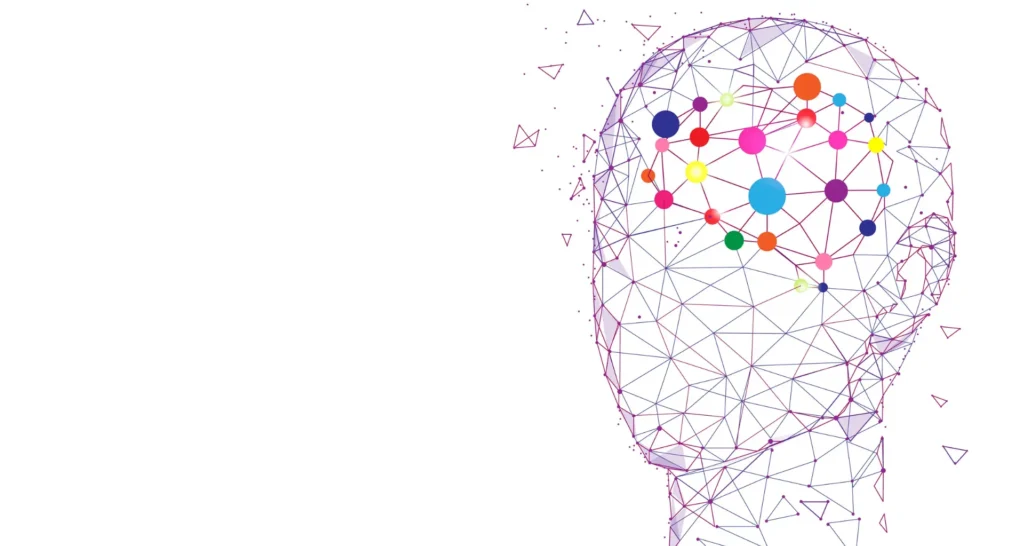Let’s level with each other. Nobody wakes up thinking, “Today I’d love to read fifteen buyer psychology principles.” That’s fair. But every click, scroll, and swipe already runs on those principles—whether anyone names them or not.
Marketers who ignore human patterns work harder for smaller wins. Those who understand the quiet levers—timing, framing, scarcity, memory—tend to write shorter emails, pay less per lead, and get more replies. No tricks. No shortcuts. Just a better sense of what makes people nod, scroll back up, and say yes.

1. First Glance Wins: The Halo Effect
Snap judgment carries weight. People see your brand once—on a landing page, ad, or mail—and build a mental story in seconds. A smooth intro? Trust follows. A glitchy load or fuzzy image? Harder climb.
That first touch must feel clean, calm, and credible—everything after rides that wave.
2. Open Strong, Close Stronger: Serial Position
Middle details fade. But that headline and last button? Sticky. Whether it’s a newsletter or pitch deck, lead hard and land clear. Sandwich your value tightly between two sticky slices.
3. Stay Present: Recency Bias
The last voice gets the decision. Run retargeting ads, drip email tips, and follow up fast. Be the previous brand they see before that buy button. Or better—be the only one they remember.
4. Familiarity Breeds Comfort: Mere Exposure
Repeat presence builds recognition. Recognition builds trust. And trust nudges conversion. This doesn’t mean run the same banner thirty times—switch up format, tone, and setting, while keeping your brand signature intact.
5. Scarcity Sells—If It’s Real: Loss Aversion
People act quicker to avoid loss than to chase gain. A timer, low stock flag, or limited seat count can move slow feet, so long as the limit’s honest. Nothing breaks trust like fake urgency.

6. Give Them a Safe Bet: Compromise Effect
Three tiers: simple, smarter, premium. Most pick the middle. Why? Feels safe. Build that middle plan around the best value. Highlight it gently. Let logic do the work.
7. Anchor First: Price Framing Works
Drop the high number first. Everything that follows feels reasonable by comparison. Run that $999 plan up top. The $499 plan looks lighter right away, even if it’s still premium.
8. Too Much = No Decision: Choice Overload
Options can hurt. Clean your catalog. Tidy your funnel. Point to one strong choice at a time. Clarity wins where abundance confuses.
9. Same Data, Different Impact: Framing
“Save 30%” beats “Pay 70%.” Same math. Very different energy. Words shape reaction. Say things the way your reader likes to hear them.
10. Give Them a Role: The IKEA Effect
Let users tweak, shape, or build. Choose colors, add names, drag widgets, and edit the pack. Investment increases value. The more personal, the more they stick around.

11. Expect More, Get More: Pygmalion Effect
Set a high bar—and invite your audience over it. Skip the beginner tone. Speak to smart readers. Frame your product for serious users. Ambition attracts ambition.
12. Tell Their Story Back to Them: Confirmation Bias
Customers nod when your message fits their worldview. Show them who they are. Use their language. Reflect their values. When they feel understood, they move closer.
13. Reduce the Leap: Risk Compensation
Fear slows buying. Lower the tension. Show refund terms. Share client wins. Offer a test run. Safety clears the path for action.
14. Show They’re Not Alone: Bandwagon Effect
People trust people. Testimonials help. Photos help. Real names help more. If 4,200 buyers found value, show it. The more your audience sees themselves in those stories, the closer they lean.
15. Everyone Thinks They’re Immune: Blind Spot Bias
People spot persuasion tricks in others, never themselves. These triggers work below the surface, and they work well. The key? Use them without distortion. Pair each one with truth, clarity, and product–fit.

Wrap It Tight: Practical Application
You don’t need to cram all fifteen into one funnel. Start with three:
– Frame your price.
– Cut your options.
– Show social proof.
Then run your tests. Adjust copy, shift layouts, and swap CTA text. Results improve as your words fit minds, not just screens.
A Short Note From Operendia
Every touchpoint reflects a decision—theirs and yours. Build with intent—shape with care. Track the right signals. And let human nature do what it always does: move.
Now write something they remember. Something they click. Something they buy.


